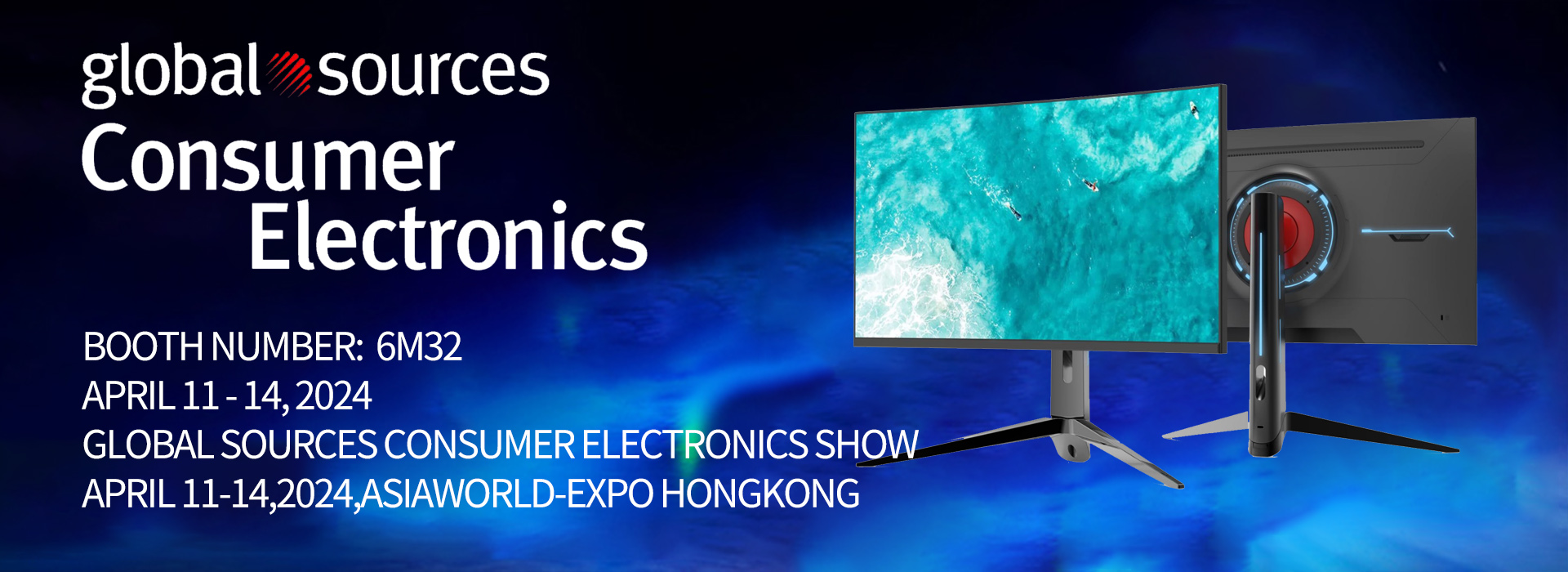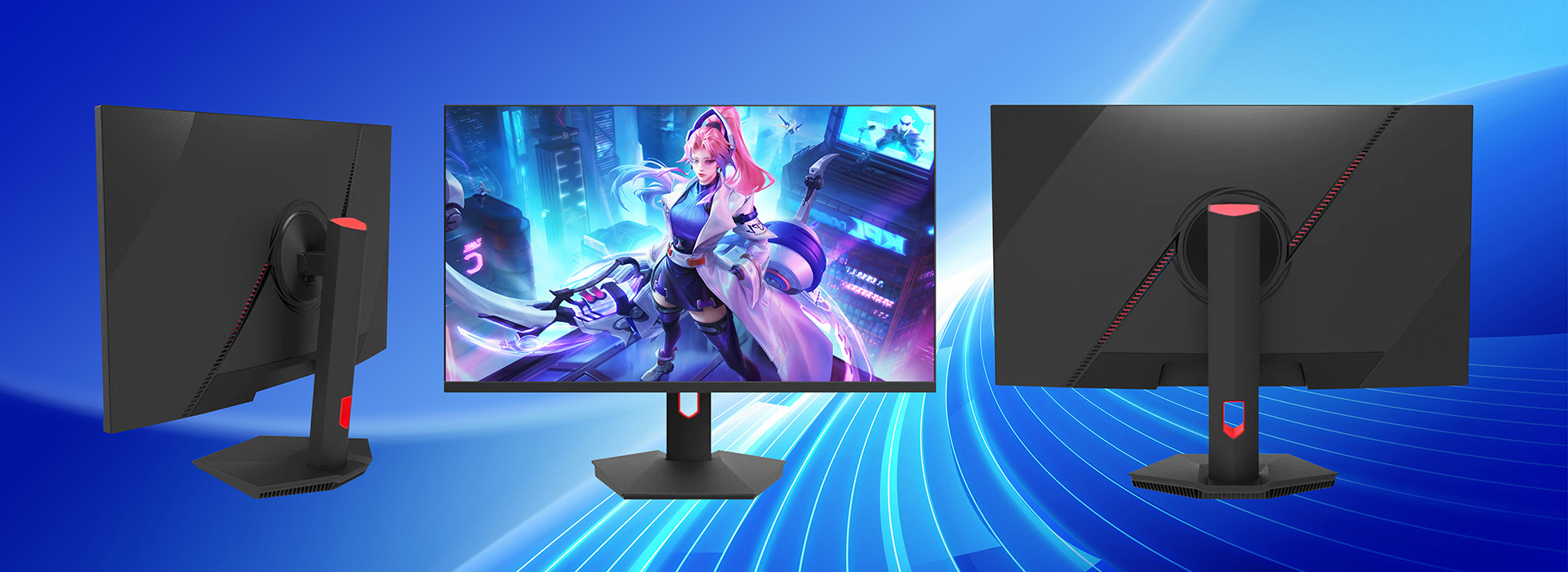Three major differences between outdoor LED display screens and indoor LED display screens
With the development of market economy, the application range of LED display screens will continue to expand. LED display screens, as a new type of information dissemination tool, have been widely used in various industries. LED large screen display screens, as an external visual medium of computers, have real-time dynamic data display and graphic display functions. The long lifespan, low power consumption, and high brightness of LED light-emitting diodes are destined to make them the preferred variety in ultra large screen information display applications. But currently, some people are not very familiar with the difference between outdoor LED displays and indoor LED displays. Below, we will explain the difference between the two.
Difference 1: Different usage environments
Indoor LED displays generally do not require waterproofing, fire resistance, and other requirements due to their usage location, while outdoor LED displays pose challenges to the adaptability of products in diverse environments due to the diversity of usage environments. Outdoor LED display screen is a system that is produced by combining the results of research on the external environment and applying them to the preliminary design and maintenance in the later stage. It is commonly used in large outdoor squares, such as government squares, leisure squares, commercial areas, advertising information boards, commercial streets, train stations, etc. Indoor LED display screens are much better than outdoor environments and are not affected by high temperatures. There are no special requirements for waterproofing, and indoor LED display screens have high requirements for air humidity. In southern China, during the southward weather season, ventilation measures need to be strengthened to maintain a dry environment before and after the indoor LED display screen.
Difference 2: Different brightness requirements
The strong outdoor light causes high brightness requirements for outdoor LED displays. Outdoor LED display screens are generally placed in direct sunlight. If the brightness is not handled well or if there is reflection, the viewing effect will definitely be affected.
Difference 3: Suitable for observing at different distances
The higher the pixel, the clearer the display, and the greater the information capacity it can contain, so the closer the viewing distance is suitable. The requirement for pixel density outdoors is not as high as indoors because the observation is far away, so the pixel density is lower and the point distance is larger than indoors.
Difference 1: Different usage environments
Indoor LED displays generally do not require waterproofing, fire resistance, and other requirements due to their usage location, while outdoor LED displays pose challenges to the adaptability of products in diverse environments due to the diversity of usage environments. Outdoor LED display screen is a system that is produced by combining the results of research on the external environment and applying them to the preliminary design and maintenance in the later stage. It is commonly used in large outdoor squares, such as government squares, leisure squares, commercial areas, advertising information boards, commercial streets, train stations, etc. Indoor LED display screens are much better than outdoor environments and are not affected by high temperatures. There are no special requirements for waterproofing, and indoor LED display screens have high requirements for air humidity. In southern China, during the southward weather season, ventilation measures need to be strengthened to maintain a dry environment before and after the indoor LED display screen.
Difference 2: Different brightness requirements
The strong outdoor light causes high brightness requirements for outdoor LED displays. Outdoor LED display screens are generally placed in direct sunlight. If the brightness is not handled well or if there is reflection, the viewing effect will definitely be affected.
Difference 3: Suitable for observing at different distances
The higher the pixel, the clearer the display, and the greater the information capacity it can contain, so the closer the viewing distance is suitable. The requirement for pixel density outdoors is not as high as indoors because the observation is far away, so the pixel density is lower and the point distance is larger than indoors.




